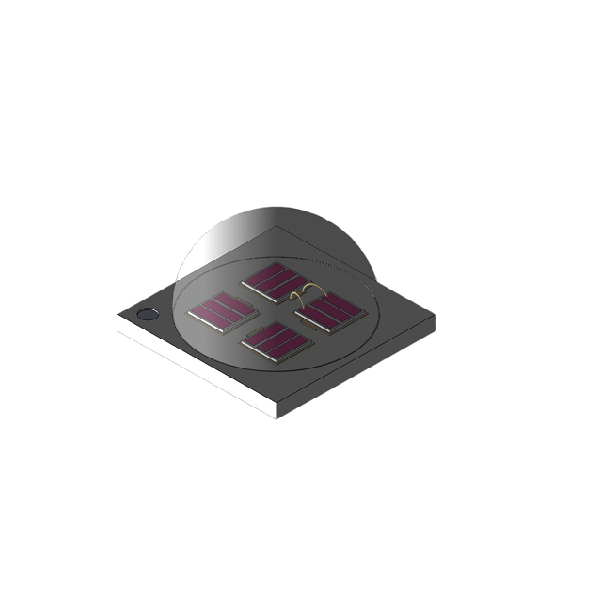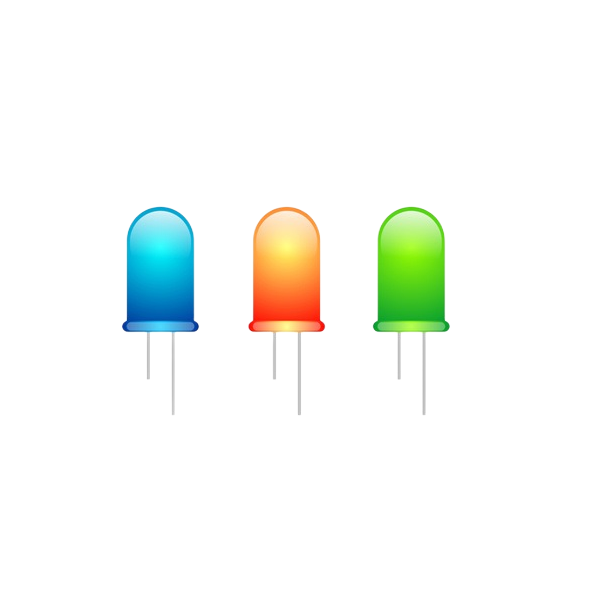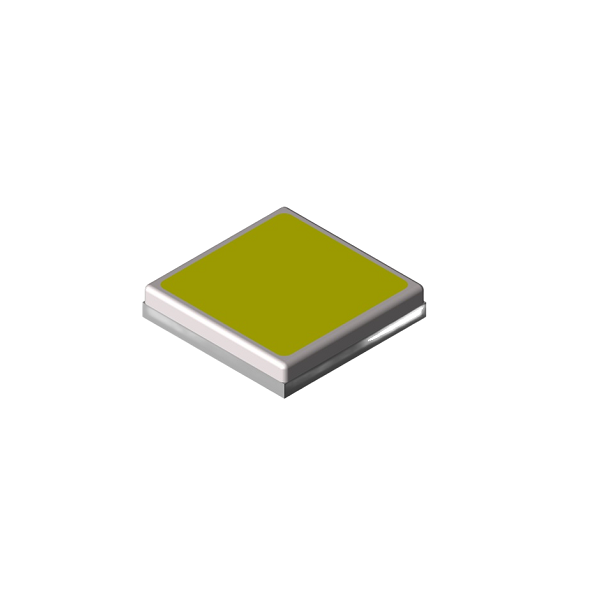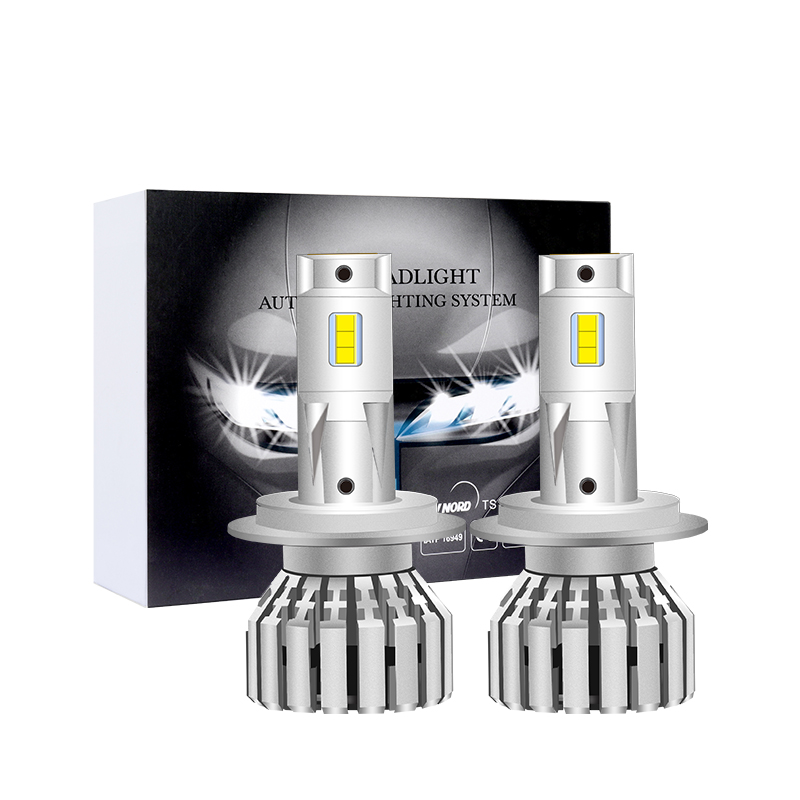About LED Model Analysis
The model of LED is usually composed of a series of characters and numbers to identify its characteristics and specifications. Different manufacturers and models of LEDs may have different naming conventions, but typically include the following information:
1. Color: Common colors include red (R), green (G), blue (B), yellow (Y), white (W), etc. RGB LEDs typically contain combinations of these basic colors.
2. Size: The size of the LED can be standard sizes such as 0603, 0805, 1206 (in inches), or it can be a packaging type such as SMD, COB, etc.
3. Brightness: The brightness of an LED is usually indicated in units of mcd (milliwatt) or cd (watt). High brightness LEDs typically have higher brightness values.
4. Voltage: The working voltage of LEDs is usually indicated in volts (V), such as 3.3V, 5V, etc.
5. Current: The working current is usually marked in milliamperes (mA), such as 20mA, 30mA, etc.
6. Angle: The luminous angle of the LED is indicated in degrees (degrees), such as 120 °, 160 °, etc.
7. Packaging type: LED packaging types can be ordinary LED (Through Hole LED), SMD LED, COB LED, etc.
8. Special functions: Some LEDs may have special functions such as flashing, gradient, breathing effects, etc., which may be reflected in the model.
A complete LED model example may be SMD3528-RGB-120-30, where:
SMD3528 indicates that this is a surface mounted LED with a size of 3.5mm x 2.8mm.
RGB represents a three color LED with three colors: red, green, and blue.
120 indicates that the luminous angle of the LED is 120 degrees.
30 indicates a working current of 30mA.
Please note that different manufacturers may have different naming conventions, so when choosing LEDs, it is best to refer to relevant specification sheets and data manuals to ensure the appropriate model is selected.












